The Ridley Ignite GTX tickles the line between a highly rugged gravel hardtail and “we put a dropbar on our hardtail MTB frame.” Ridley is calling it an “Alpine Gravel Bike.” From the looks of it, they’ve gone all-in on a platform that blurs the lines between gravel and MTB more than ever before.
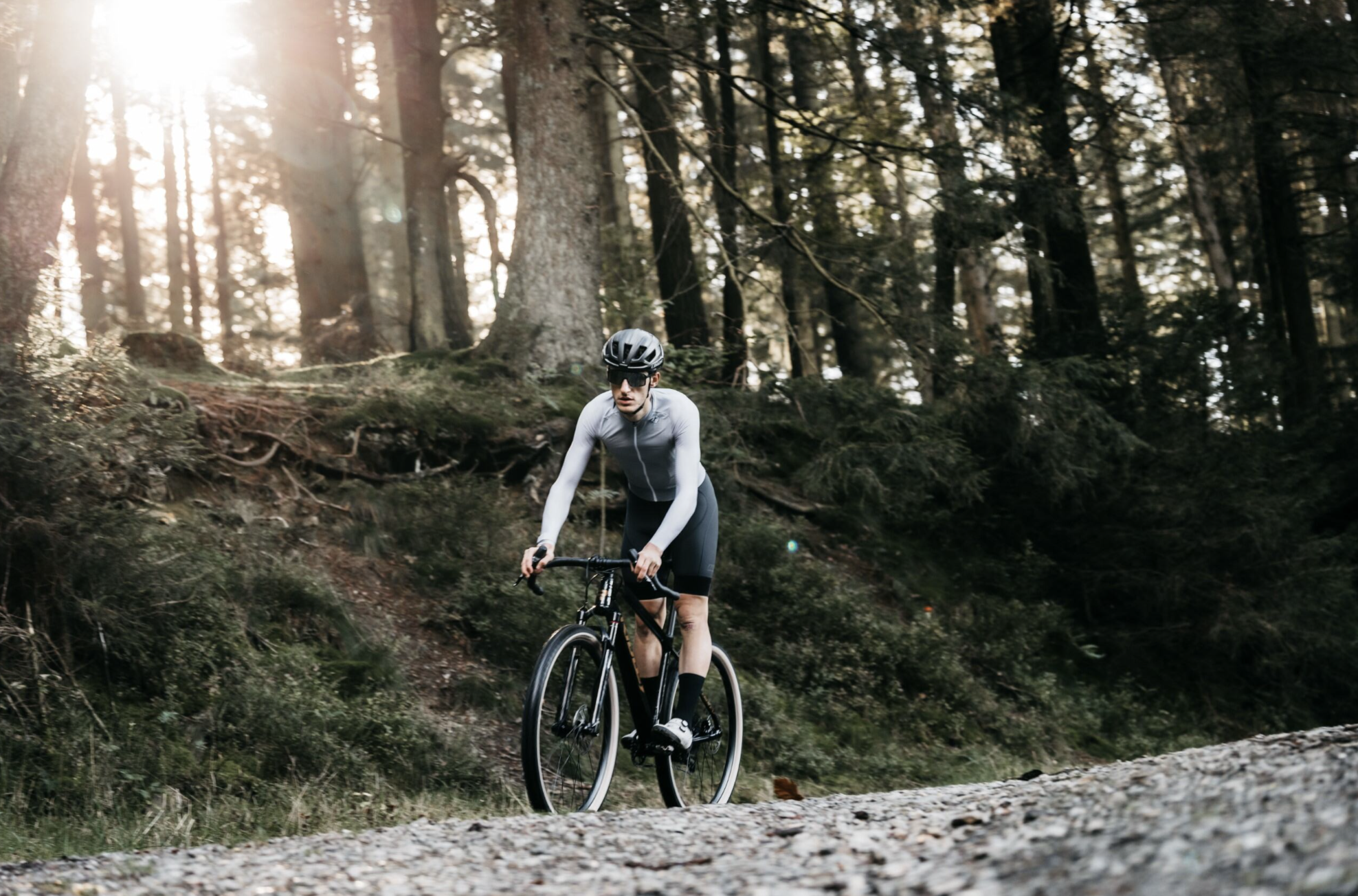
The Ignite GTX is built from the ground up with mountain bike geometry (it is a mountain bike frame—you can see it in MTB mode here), big tire clearance, and an optional 100mm travel suspension fork.
So, are we looking at the next evolution of gravel? Or have we just come full circle back to the drop-bar hardtail debate?
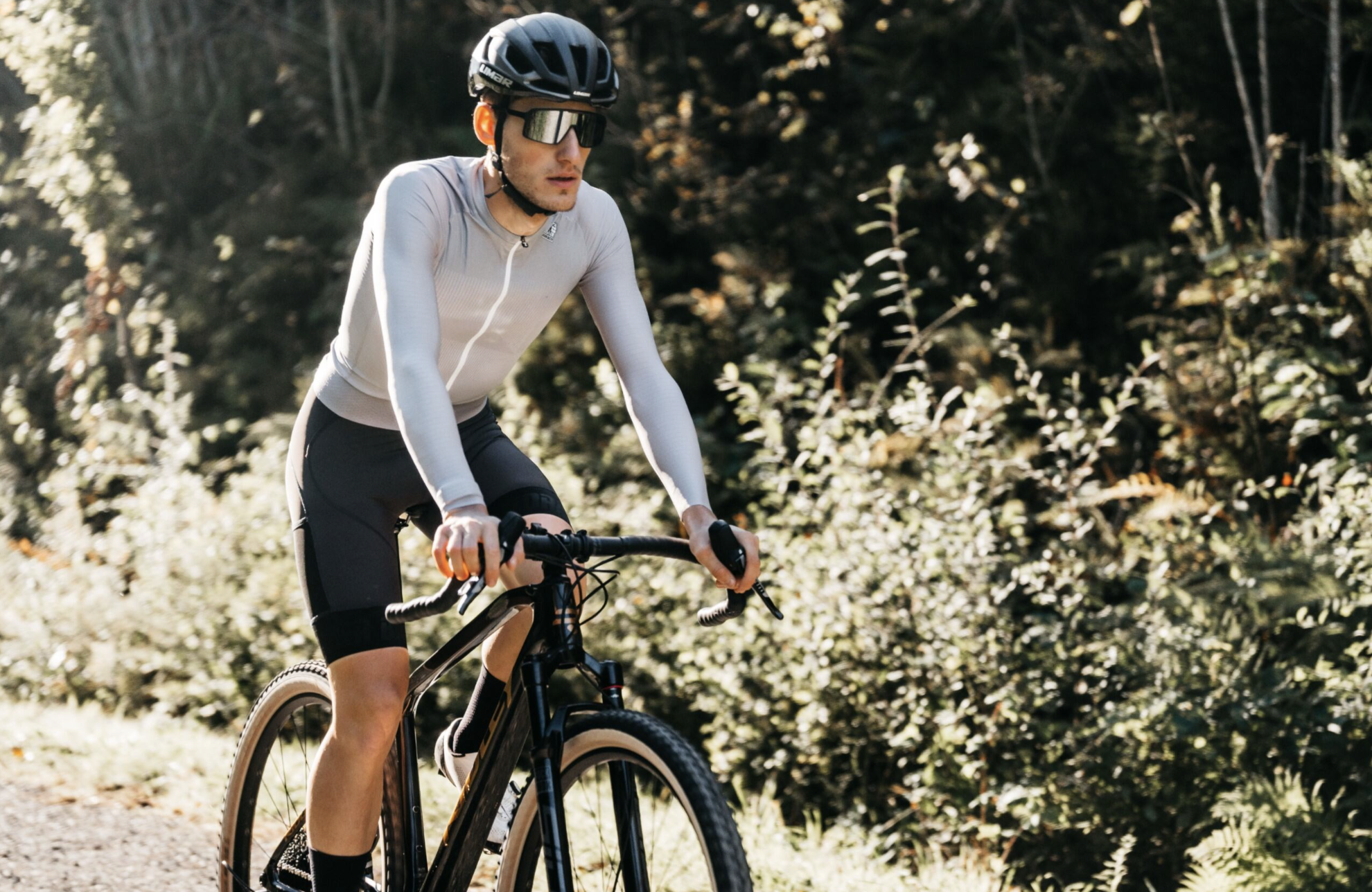
A Gravel Bike… or a Mountain Bike with Drop Bars?
Ridley says the Ignite GTX is designed for ultra-endurance racing, extreme adventure, and bikepacking—think Atlas Mountain Race, Tour Divide, and everything epic.
Ridley’s idea behind the Ignite GTX is simple: Mountain bikes handle the rough stuff well but lack speed on flatter terrain, while gravel bikes excel on smooth surfaces but struggle in technical sections.
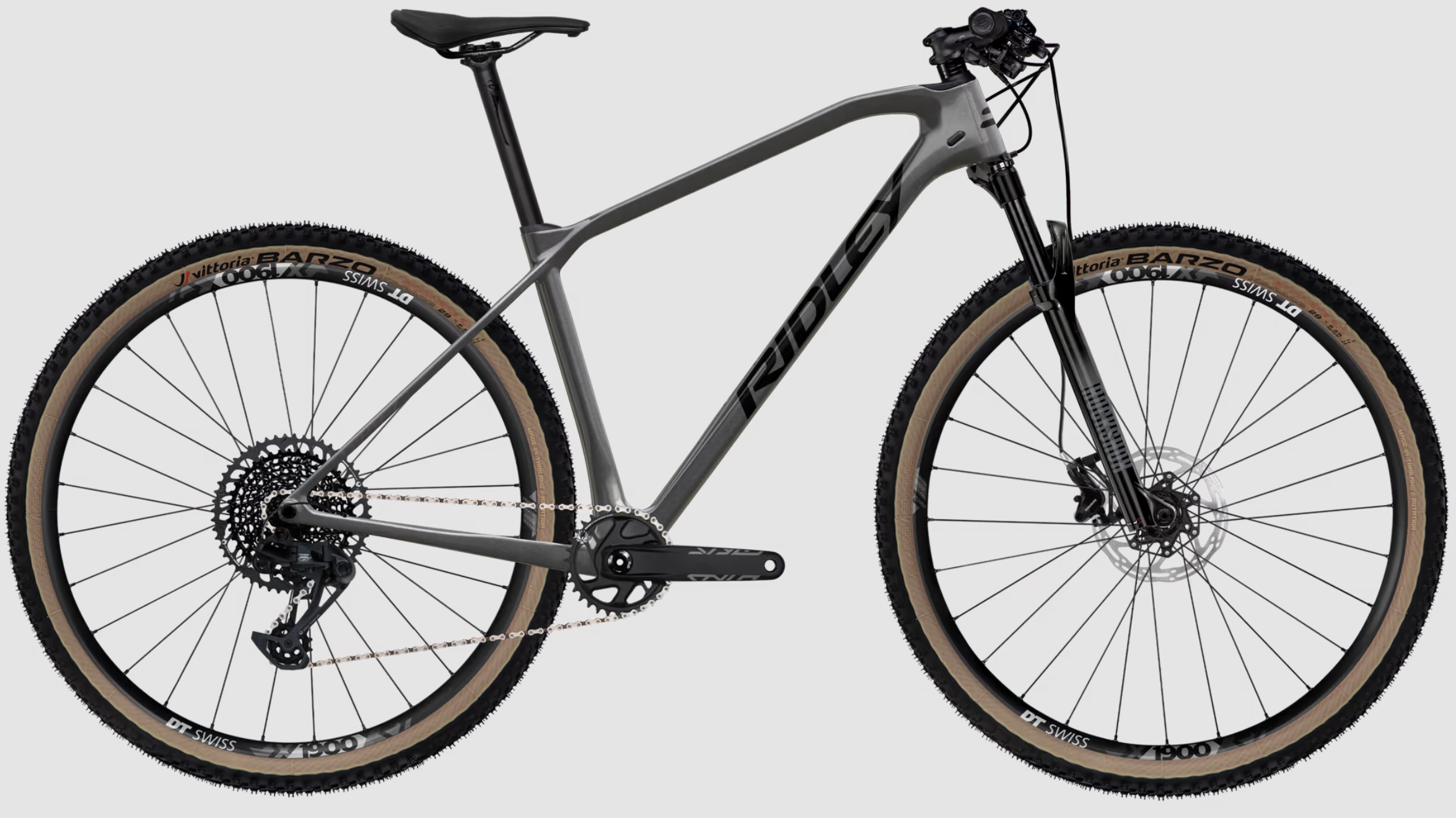
Should merging these two segments create a “faster” and more capable MTB/gravel design? Maybe? Dropbars offer more hand positions than traditional flat MTB bar designs, and it has worked for Salsa with the Cutthroat.
So, what makes the Ridley Ignite GTX different?
- Massive 2.3″ (58mm) tire clearance – The biggest we’ve seen on a gravel bike yet
- MTB geometry – Long reach, 70-degree head angle, 1100mm wheelbase
- Rigid or 100mm suspension fork options – Suspension-corrected for an authentic MTB feel
- Ridley’s “Flex-Stay” rear end – Carbon stays are engineered to absorb vibrations
- 29-inch wheels – Fully embracing MTB tire compatibility
This isn’t really a new endurance-ready gravel bike—it’s Ridley’s Ignite SLX hardtail with drop bars. While privateer racers have been hacking together similar setups for years, Ridley’s move signals there might be more demand for this style of bike than previously thought.
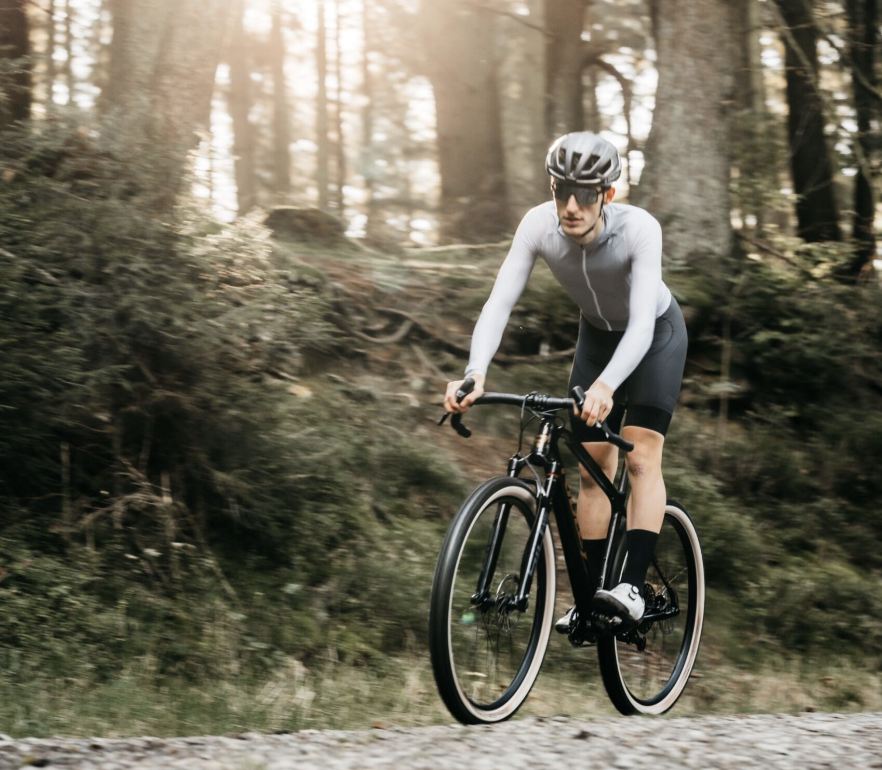
Geometry & Suspension – MTB DNA
The Ignite GTX is all MTB hardtail at its roots, and Ridley is leaning into it. Oddly enough, MTB’s tech and desirable specs play well and apply to the gravel adventure crowd. Here are some of the stand-out features of the geometry and frame;
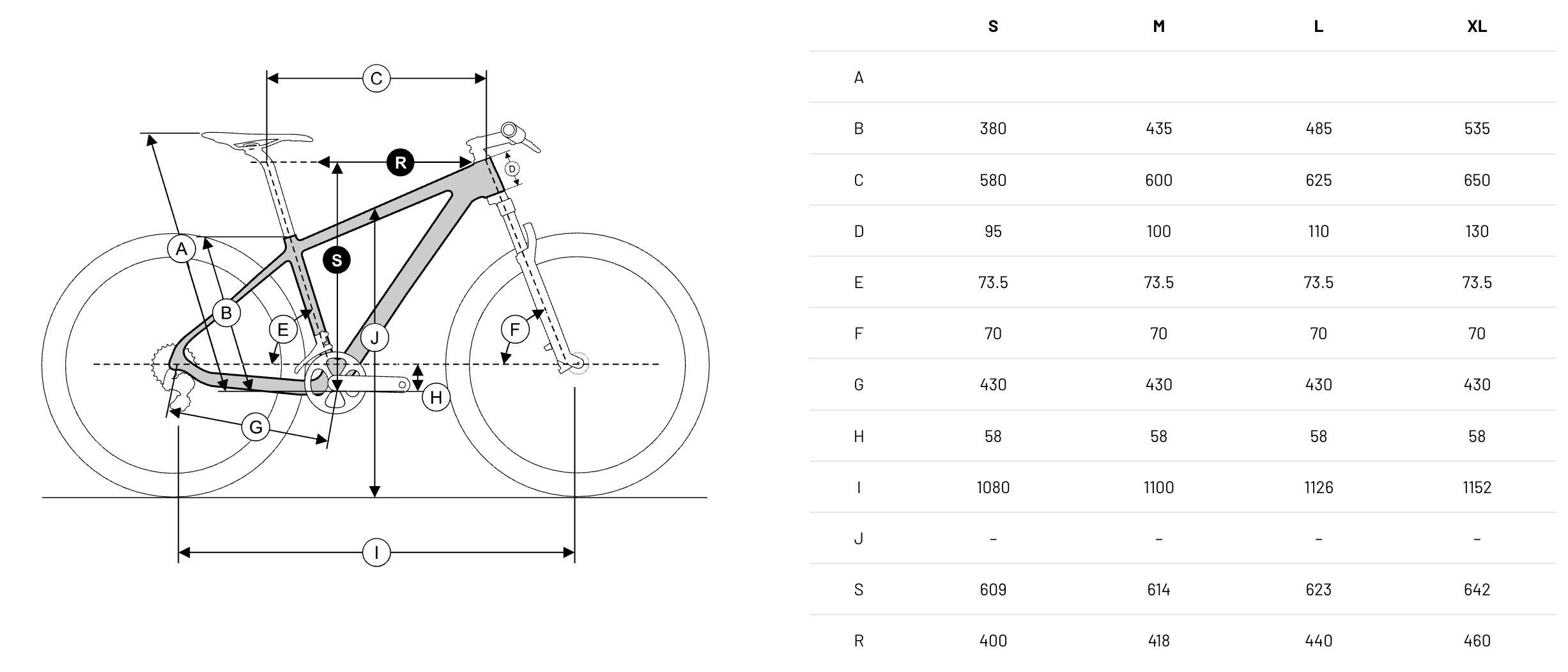
- Head Tube Angle: 70 degrees—This is slacker than the Kanzo Adventure, adding more control (and fun) on descents.
- Reach & Stack: 418mm reach, 614mm stack (size large) – Longer and taller than standard gravel bikes.
- Wheelbase: 1100mm – Stable at high speeds, nimble enough for tight switchbacks.
- Fork options: Rigid carbon or 100mm MTB suspension (RockShox SID or Recon Gold)
Most gravel suspension forks have a maximum travel of 40-50mm, but Ridley skipped those and went straight for full MTB suspension (after all, it’s an MTB bike). The Ignite GTX is built around a 100mm fork, making it far more capable on rugged, high-speed descents than anything else in the gravel space.
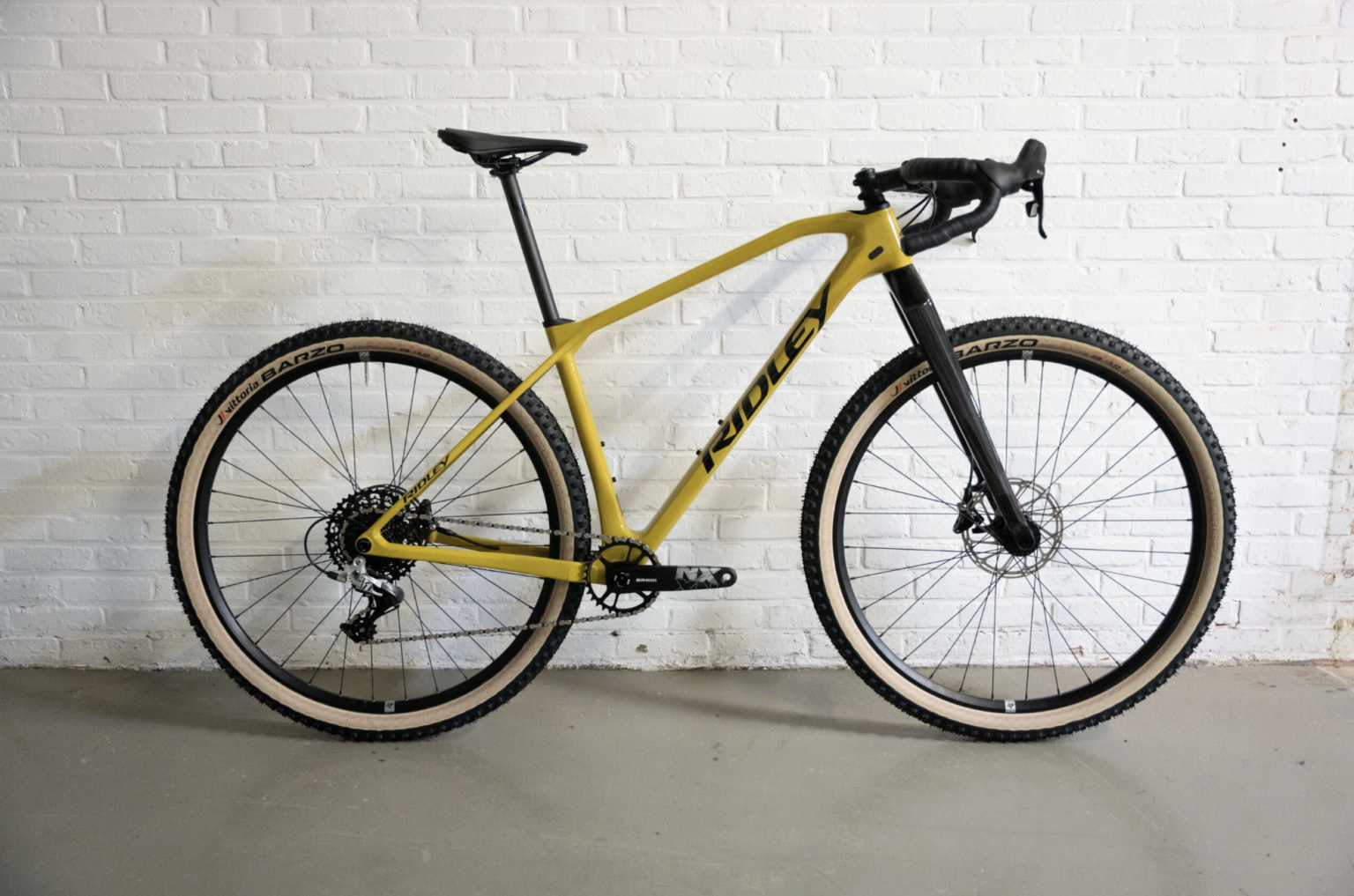
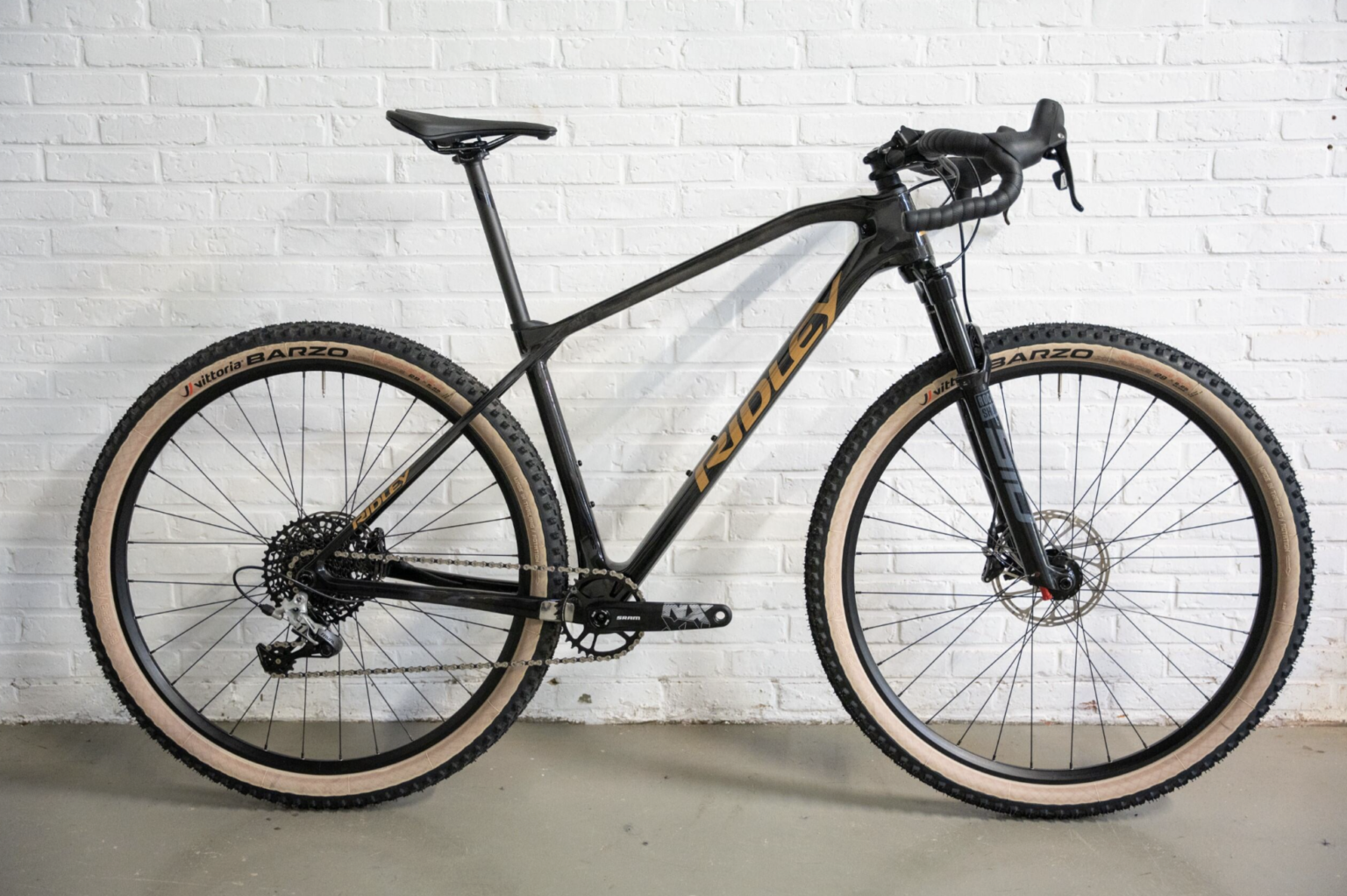
Build Kits & Pricing
Ridley offers four builds with 1x drivetrains and Ritchey’s ultra-wide VentureMax bar (24-degree flare, shallow drop).
- SRAM Apex 1 / Rigid fork – £2,599 / €2,799
- SRAM Apex 1 / RockShox Judy Silver – £2,699 / €2,999
- SRAM Rival 1 / RockShox Recon Gold – £3,199 / €3,499
- SRAM Rival/GX AXS Mullet Setup / RockShox Recon Gold – Price TBD
The mullet drivetrain (MTB rear derailleur + road shifters) makes a ton of sense here, pairing the best of gravel and MTB components.
How Many Gravel Bikes Does Ridley Have Now?
At this point, Ridley might be Europe’s most dedicated gravel brand. Their lineup now includes:
- Kanzo Fast – Aero gravel race bike
- Kanzo Adventure – Drop-bar adventure rig
- Kanzo A – Alloy gravel bike
- Griffin RS & Grifn Gravel – Road/gravel all-rounders
- ASTR & Invenio – More road-focused options
- Kalazy – Entry-level gravel/all-round
- Ignite GTX – The “Alpine Gravel” beast
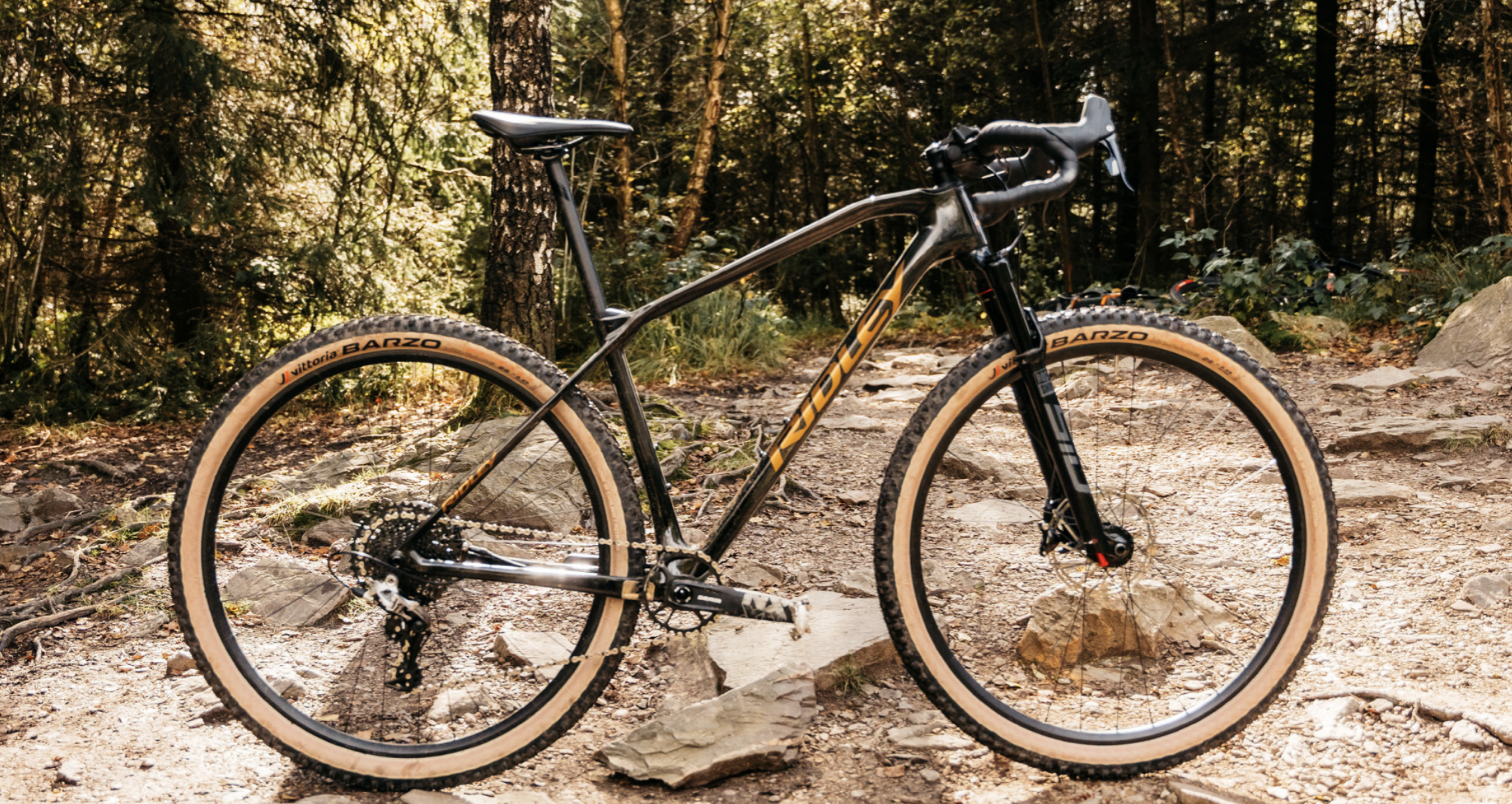
Game Changer or Just a Drop-Bar Hardtail?
The Ignite GTX is Ridley’s most boundary-pushing gravel bike yet—a rig that doesn’t just flirt with MTB tech; it IS a mountain bike. With 100mm fork compatibility, 2.3″ tire clearance, and progressive geometry, it’s as close to a drop-bar hardtail as you can get while still calling it a gravel bike. Just don’t put flat bars on it!
Will gravel racers embrace it? Hard to say. But for riders tackling the longest, toughest races in the world (ones that I’m too much of a roadie for), this bike might be the tool they’ve been waiting for.